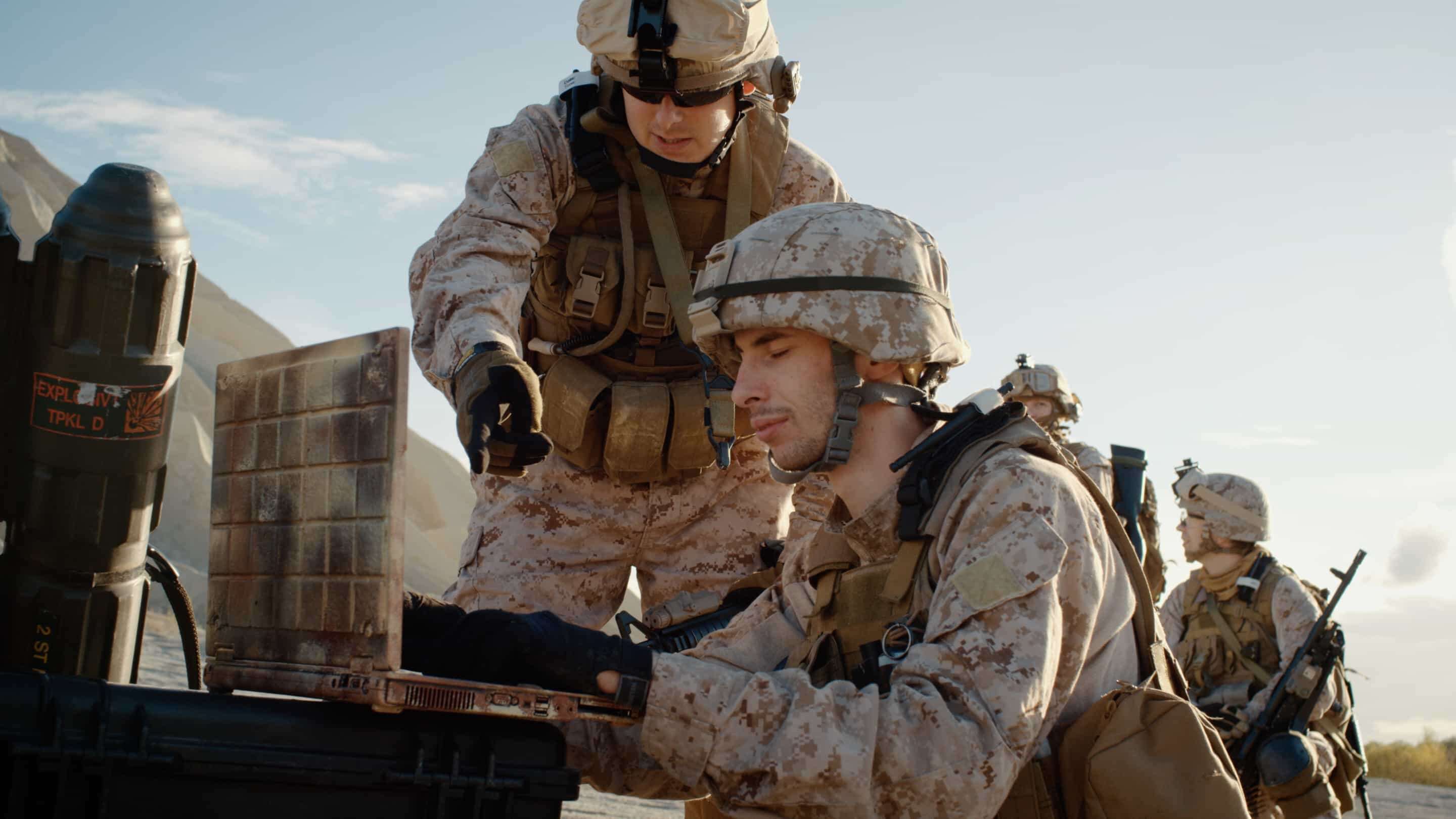During World War II, Bell Telephone, which was the World’s first telephone company founded on July 9, 1877 and named after Alexander Graham Bell, supplied the U.S. military with the “131-B2 mixer”, an innovative communication system with unprecedented capabilities.
It encrypted teleprinter signals by using the XOR logic gate. A logic gate, which is a binary software operation that takes two-bit patterns of equal length and labels them true/false, forms the bedrock of all digital circuits.
The 131-B2 mixer also used a combination of the SIGTOT, which was a one-time tape (single-use recordings) machine for encrypting teleprinter communication, and SIGCUM, also known as Converter M-228, which was a rotor cipher machine used to encrypt teleprinter traffic. All of these machines used electromechanical relays during operation.
Alexander Graham Bell later discovered and informed the government that the 131-B2 mixer emitted electromagnetic radiation which could be detected, captured and deciphered at a distance, thus recovering the text/messages being transmitted. As he was met by a wave of skepticism and disbelief, Bell publicly demonstrated the ability to collect and recover plain text from a crypto center signal on Varick St in Lower Manhattan. He identified three problem areas: radiated signals, signals conducted on wires coming out of the facility and magnetic fields, and suggested shielding, filtering and masking as possible solutions.
The outcome of Bell’s revelation was the invention of a “131-A1”, a modified mixer with shielding and filtering capabilities. However, it was too difficult to maintain and too expensive to deploy.
Bell then realized that the simpler solutions was to advise the U.S. military to always maintain and control a 100 feet perimeter around their communications center in order to prevent covert message interception.
After Bell’s death in 1951, the CIA discovered they could recover plain text off the line carrying the encrypted signal a quarter-mile away from the 131-B2 mixer. This led to the development of signal and power lines filters, and to the expansion of the control perimeter from 100 to 200 feet.
Other compromising variables were identified, such as fluctuations in the power line and acoustical emanations (if the pick-up device was close to the source). Soundproofing, a logical solution to prevent acoustic spying, backfired as it made the problem worse by removing reflections and providing a cleaner signal to the recorder.
In 1956, the Naval Research Laboratory (NRL), a U.S. corporate research laboratory, invented a better mixer which operated at much lower voltages and currents, and therefore the leaking emissions were far less.
This device was soon approved by the NSA but it had to include the option for boosting the signal being transmitted in order to deliver messages to teleprinters at much greater distances.
Shortly after, the NSA began devising methods, guidelines and specifications for filtering, shielding, grounding and separating conductors which carried sensitive information from lines that didn’t, which is currently known as the RED/BLACK separation.
In 1958, the NAG-1, a United States joint policy, set radiation standards for equipment and installations based on a 50 foot limit of control. Additionally, the NAG-1 set out classification levels for almost all TEMPEST variables.
In 1959, the joint policy was adopted by Canada and the UK. Six organizations, the Navy, Army, Air Force, NSA, CIA, and the State Department implemented and started following the NAG-1 standards.
However, new challenges accompanied the shift towards NAG-1.
It was revealed that the Friden Flexowriter, a very common I/O typewriter used in the 50s and 60s, was amongst the strongest emitters, readable as far out as 3,200 feet in field tests.
For this reason, the U.S. Communications Security Board (USCSB) created a specific policy which prohibited the oversea use of the Friden Flexowriter for the purpose of transferring classified information and permitted its use on U.S. land only with a supplementary 400-foot security perimeter.
Subsequently, the NSA found similar problems with the introduction of cathode ray tube (CRT) displays, which were also strong electromagnetic emitters.
Above all, more powerful computers were emerging which were capable of storing and transmitting exponentially more intelligence data which shifted the TEMPEST paradigm from simply recommending the necessary preventative measures to enforcing them, thus ensuring compliance amongst the military which in turn would improve the security of sensitive information.
Simultaneously, the problem of acoustic spying became more prevalent. Over 900 microphones were discovered in U.S. bases, camps or garrisons overseas, most behind the Iron Curtain. The United States responded by building room-within-a-room enclosures or units which fully shielded their electronic emanations. They were installed in critical locations, such as the embassy in Moscow, where there were two, one for State Department use and another for Military Attachés (a military expert who is attached to a diplomatic mission).
The TEMPEST standards continued to evolve in the 1970s and beyond, newer testing methods emerged, and more nuanced guidelines were established.
